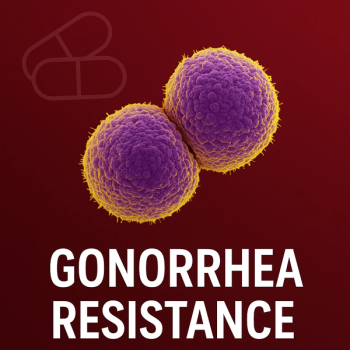
WHO Sets Disease Priorities for 2018; Tuberculosis Once Again Not Included: Public Health Watch
Infectious disease specialists and public health professionals in search of a to-do list for 2018 need look no further.
Infectious disease specialists and public health professionals in search of a to-do list for 2018 need look no further.
The World Health Organization (WHO) has spoken.
On February 6 and 7, the WHO released its now annual list of priority pathogens for 2018. The first such list was introduced in December 2015.
Using a
- Crimean-Congo hemorrhagic fever (CCHF)
- Ebola virus disease and Marburg virus disease
- Lassa fever
- Middle East respiratory syndrome coronavirus (MERS-CoV) and Severe Acute Respiratory Syndrome (SARS)
- Nipah and henipaviral diseases
- Rift Valley fever (RVF)
- Zika
- Disease X
Essentially, the WHO’s panel of experts believes “there is an urgent need for accelerated R&D” of novel therapeutic, prophylactic, and diagnostic approaches for these diseases/pathogens because of “their potential to cause a public health emergency and the absence of efficacious drugs and/or vaccines…”
Although Robert C. Bollinger, Professor, Infectious Diseases/International Health, Johns Hopkins University School of Medicine and Bloomberg School of Public Health and Founder/Director, Johns Hopkins Center for Clinical Global Health Education, overall considers the WHO priorities “a pretty good list,” he would strongly advocate for the inclusion, in some form, of “antimicrobial-resistant bacteria and viruses,” given their epidemic potential and the current lack of viable treatments.
Zika is arguably the most surprising disease/pathogen on the list, given that the outbreak that affected Brazil, the Caribbean, and even areas of the southern United States in 2016 has been under firm control since the beginning of last year.
“As [Zika] finds more nonimmune populations it will resurface,” Dr. Bollinger said in advocating for its presence on the WHO list to Contagion® (he was not part of the group that developed the priorities). “The data suggesting that Zika causes a wide range of neurologic diseases beyond microcephaly is important. I also think [including] Zika suggests that we don’t know enough about the neurologic impact, particularly on the cognitive development of in utero or childhood infection, with other related diseases transmitted by the same mosquitoes, such as dengue and chikungunya.”
Somewhat controversial also is the inclusion of “disease X,” in that it doesn’t refer to a specific disease and/or pathogen. According to the WHO statement on the priority diseases/pathogens list, disease X “represents the knowledge that a serious international epidemic could be caused by a pathogen currently unknown to cause human disease.” The agency’s stated goal, in this case, is “to enable cross-cutting R&D preparedness that is also relevant for an unknown [disease] as far as possible.”
Several diseases were discussed but ultimately not included on the priority list—most notably, chikungunya, emergent non-polio enteroviruses, and severe fever with thrombocytopenia syndrome (SFTS). Diseases such as dengue, yellow fever, HIV/AIDs, tuberculosis (TB), malaria, influenza, smallpox, cholera, leishmaniasis, West Nile Virus, and the plague (which has been identified recently in
TB’s exclusion from the 2017 list caused a fair bit of
Although the same reaction has yet to develop at the time of this article’s posting, it’s still early. Chances are, the field will be revisiting the WHO’s “priorities” throughout the year—at least until the 2019 list is released.
Brian P. Dunleavy is a medical writer and editor based in New York. His work has appeared in numerous health care-related publications. He is the former editor of Infectious Disease Special Edition.
Newsletter
Stay ahead of emerging infectious disease threats with expert insights and breaking research. Subscribe now to get updates delivered straight to your inbox.


















































































































































































































































































